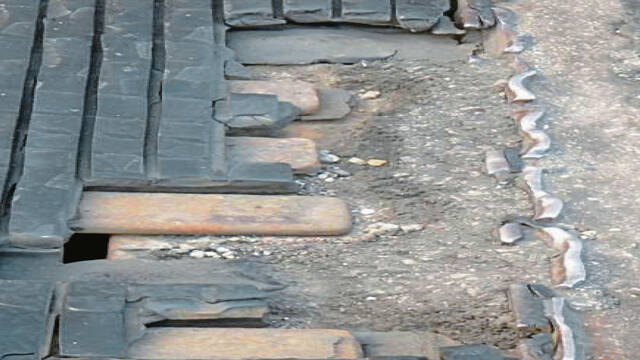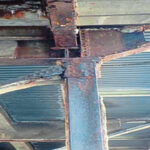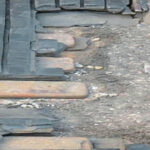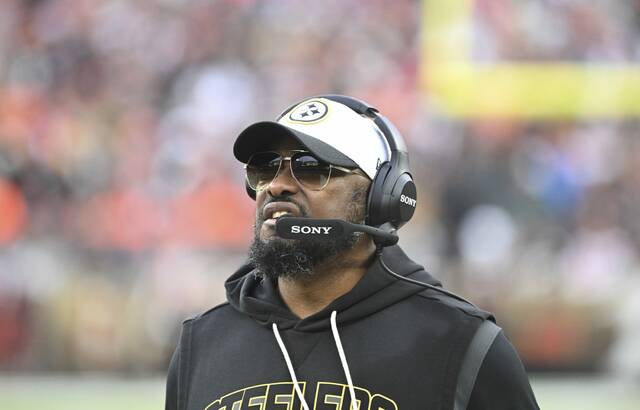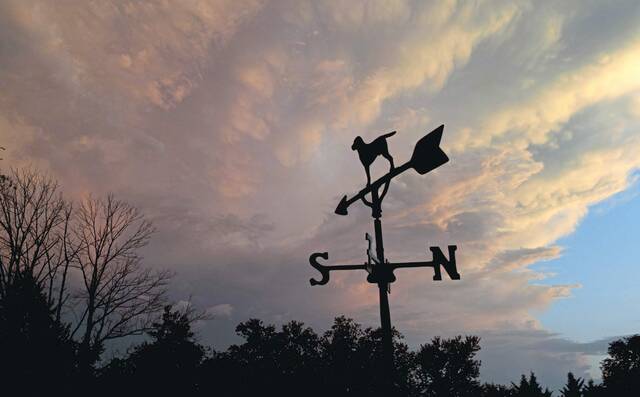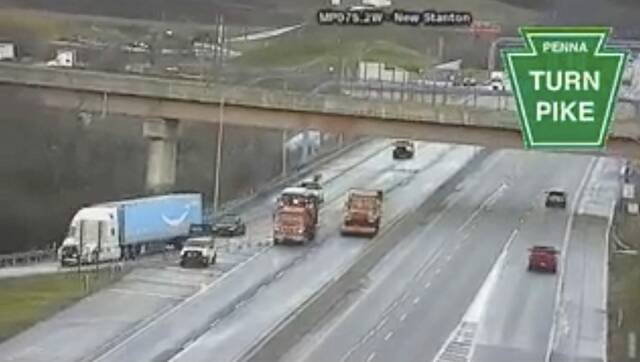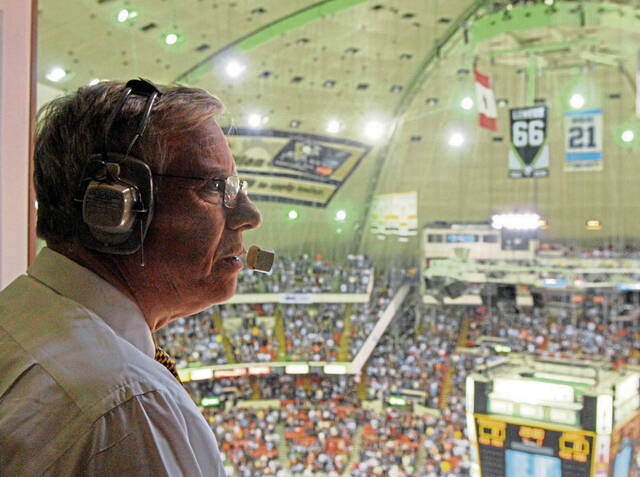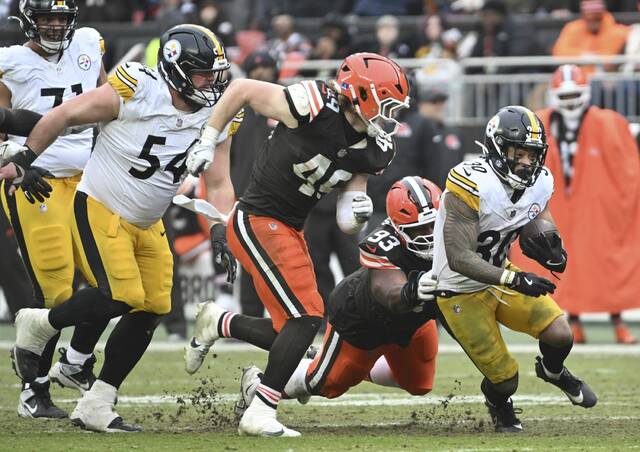The city of Pittsburgh knew at least 11 bridges required high-priority repairs in late 2017, about four years before the Fern Hollow Bridge collapsed, according to documents released by PennDOT relating to spans owned by the city.
Specifically, PennDOT chided the city for dragging its feet on making priority repairs to Fern Hollow Bridge in 2014 and was critical of the city’s response to necessary repairs on 10 other bridges in 2018.
The documents, produced for attorneys as part of a Right-to-Know request, show a concern from PennDOT about a lack of action by city officials and a lack of funding to make necessary repairs.
It is unclear based on the documents provided how many of the recommended repairs have since been made. Two of those listed for the Fern Hollow Bridge were made before the collapse, records show.
Olga George, a spokeswoman for the city, said she could not address specific questions regarding the documents.
“We can’t speak to the response of the previous administration to concerns regarding bridge maintenance,” she said.
Before dawn on Jan. 28, 2022, the 447-foot-long Fern Hollow Bridge collapsed into a ravine in Frick Park. Six vehicles, including a reticulated Pittsburgh Regional Transit bus, tumbled into the void.
No one died, but several people were injured.
The collapse is being investigated by the National Transportation Safety Board, which has focused on the bridge’s corroded legs, its uncoated weathering steel and clogged drains that led to additional deterioration.
A bridge inspection report completed three months before the collapse showed the bridge was rated a 4 on a 9-point scale, making it structurally deficient. That did not mean it was in imminent danger of collapse.
The condition of the bridge — what city engineers knew about it and when — has been a subject of ongoing litigation in Allegheny County Common Pleas Court.
Several people on the bridge at the time it collapsed have filed suit or notice to sue. Their attorneys say they are gathering as much information as possible so the complaints name the appropriate defendants — whether the city of Pittsburgh, the engineering firms the city used or anyone else involved.
That issue has been the subject of extensive court briefings and hearings. Attorneys for the city have attempted to block subpoenas on behalf of Gannett Flemming, CDM Smith and Michael Baker Corp.
The plaintiffs filed a motion Thursday noting that, the day before, they had received a Right-to-Know response from PennDOT. That response contained essentially the same documents the plaintiffs had requested from the city and engineering firms.
The documents include bridge inspection reports, emails, photos and sketches. There also are several spreadsheets listing city bridges, last inspection dates and ratings for deck, superstructure and other components.
Among them is an inspection of city-owned bridges stemming from a “Critical Deficiency Field Visit Dec. 4, 2017.”
That document lists 11 bridges in the city that required Priority 0 or 1 repairs at the time of the walk-through inspection. A Priority 0 repair must be made within seven days, according to PennDOT. A Priority 1 must be corrected within six months.
On Jan. 26, 2018, PennDOT Bridge Asset Management Supervisor Christopher Ciesa sent an email to two city employees that included a proposed city of Pittsburgh Critical Deficiency Plan for those 11 bridges.
“We have included three potential scope of work levels: maintenance/Band-Aid-type repair, a permanent fix of the deficiency and a long term project. We have also included a column for the recommended Plan of Action moving forward.”
Completing only the minimal scope of work for all 11 bridges would cost $437,500, the document said. Moderate scope of work would cost $10.8 million to complete. The full scope of work, PennDOT suggested, would cost $41.4 million.
Interestingly, the Fern Hollow Bridge, while listed in the critical deficiency plan, had no costs associated with it and is listed as needing “all maintenance-type work.” The Priority 1 repairs included replacing signage on the bridge and a loose junction box cover in the sidewalks.
Other issues identified in inspection reports on that bridge in 2018 and 2021, such as deteriorating supports, section loss and severe corrosion, are not listed in the PennDOT proposal.
Ciesa’s email says PennDOT recommended a mixture of projects, including maintenance repairs, preservation, rehab and replacement to optimize funding “and try to perform the right treatment at the right time.”
“Bridges such as Bloomfield and McArdle Roadway are newer structures,” he wrote. “Minor preservation work now can keep those structures in good condition and prolong their lives significantly. It can also reduce the need for major rehabilitation or replacement projects prior to the structure meeting its life cycle goals.”
The email notes that the costs provided are rough estimates and should only be used for programming.
In a follow-up email March 20, 2018, PennDOT bridge engineer Louis Ruzzi wrote to PennDOT officials, including the head of the district, Cheryl Moon-Sirianni, recounting a Jan. 29, 2018, meeting that PennDOT staff had with the city “about the city’s lack of response in getting 0’s and 1’s completed in a timely manner.”
At that meeting, the email said, the city said it had budgeted $600,000 for a bridge maintenance contract for 2018.
“As of December 2017, the needs are at least 11 major bridges for a rough cost to just to do the Priority 1’s of $750,000 and another six bridges with 0’s and 1’s, where a cost was not developed. The needs could easily go up to $10.5 million,” Ruzzi wrote.
The email continued that since that meeting, there had been minimal steps taken toward a good plan of action.
Ruzzi said the city would be open to giving PennDOT $600,000 to develop a plan to fix the 0’s and 1’s. While that was a possibility, he continued, it likely would not be enough.
“Also, clearly this problem is so big that we can’t just rely on the city providing $600K every year to solve the problems. If they aren’t willing to do a phased approach on the (Transportation Improvement Program), then they will need (to) budget much more money to fix these 0’s and 1’s,” he wrote.
In another, earlier email turned over by PennDOT, Assistant District Bridge Engineer Jonathan Moses wrote to the city that it had failed to take action on two Priority 0 items related to the Fern Hollow Bridge reported four months earlier.
On Jan. 13, 2014, an inspection recommended the city:
• “Place load posting signs for 26 tons at bridge and all advanced warning signs associated with the load posting.”
• “Cables installed on the legs for wind loading need to be drawn tight removing sag.”
The email, dated May 14, 2014, said the action to make the necessary fixes had been required by Jan. 20, 2013.
Moses requested the city respond with a plan of action to correct the deficiency, noting it should include a brief description of planned repair, who will perform the repair and the anticipated start date and duration.
“Please note that inaction or not being able to address Priority 0 (critical) maintenance items within required time frames (seven days) may cause the need for action by the department,” the email continued.




